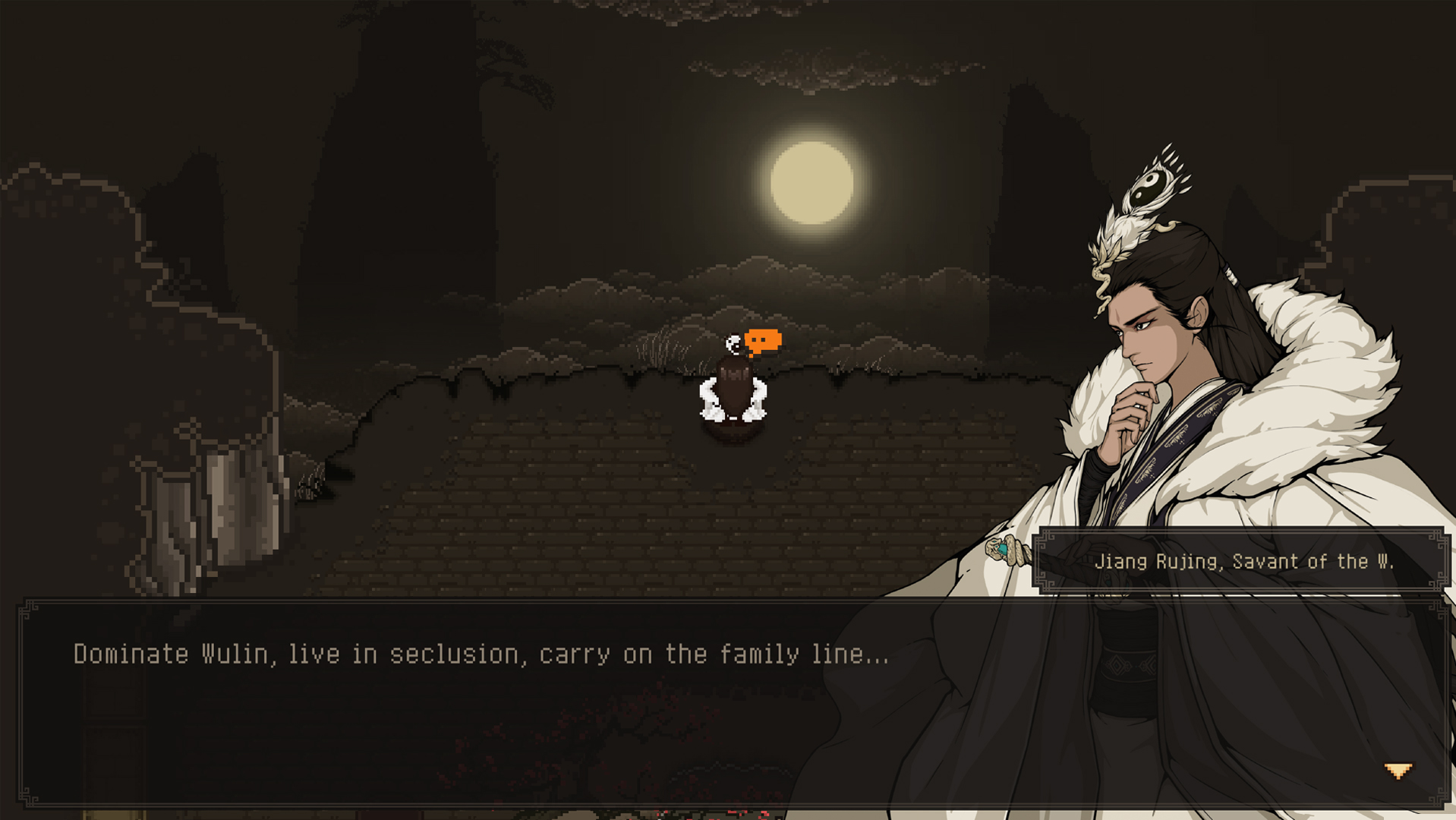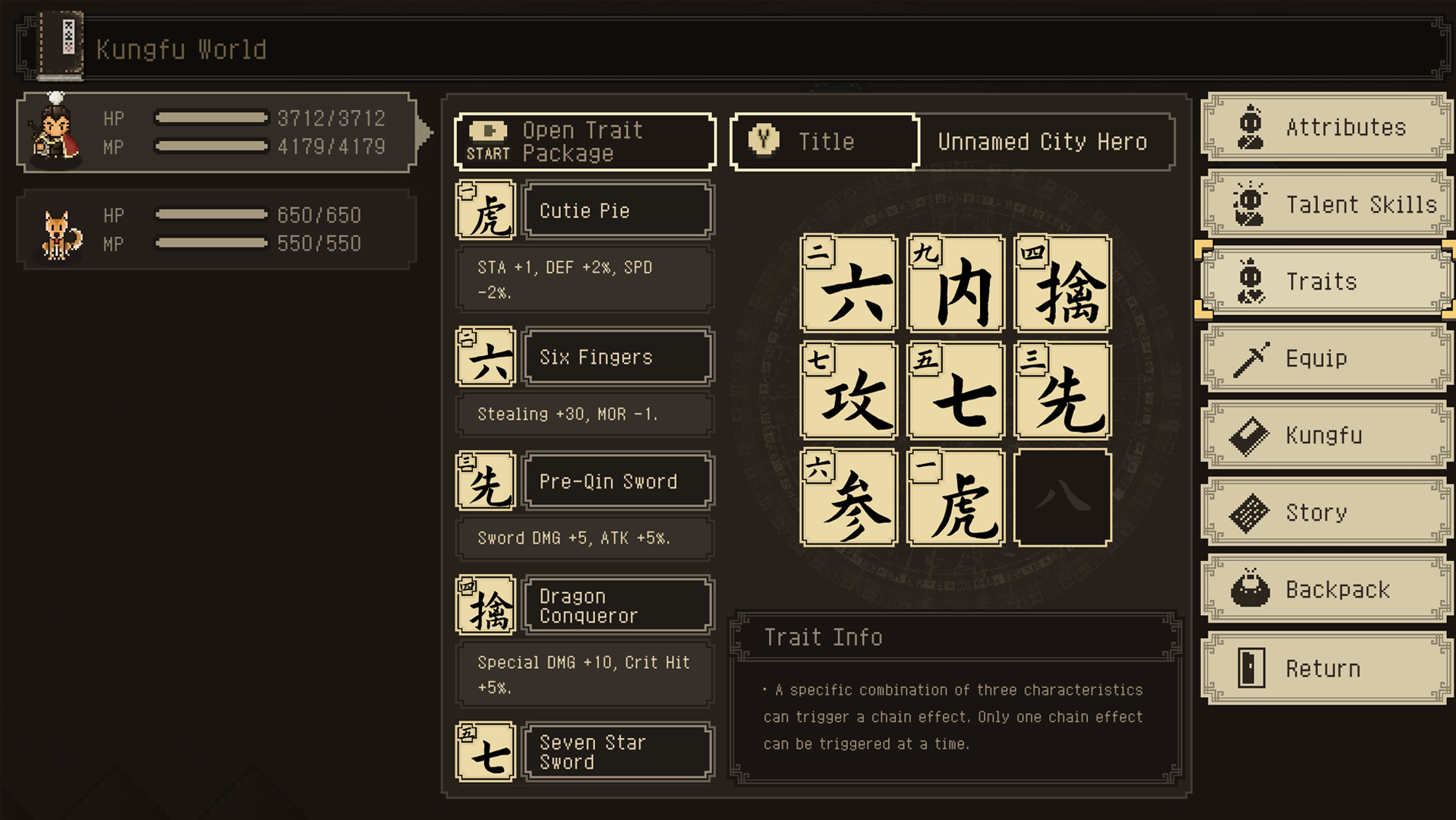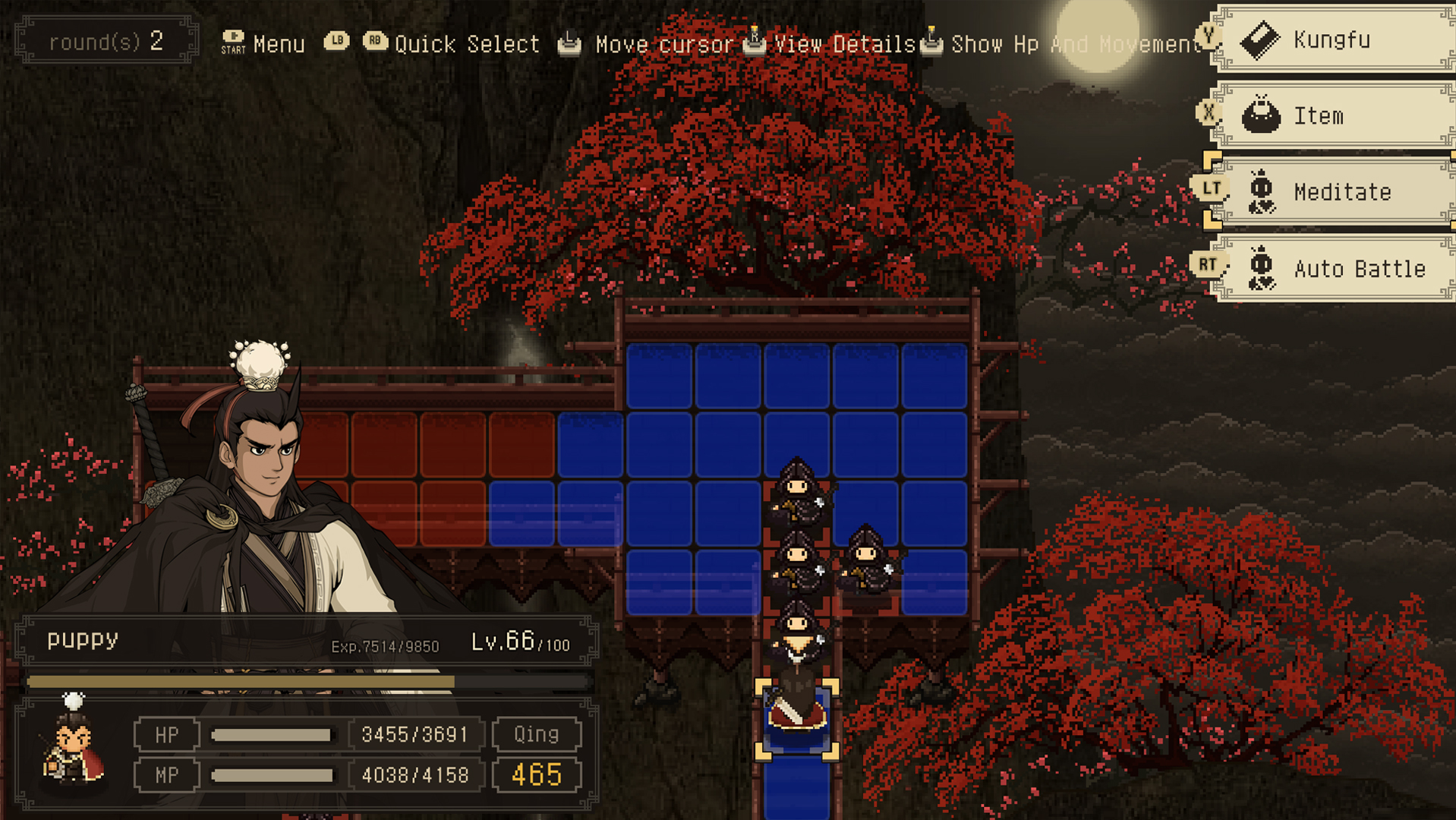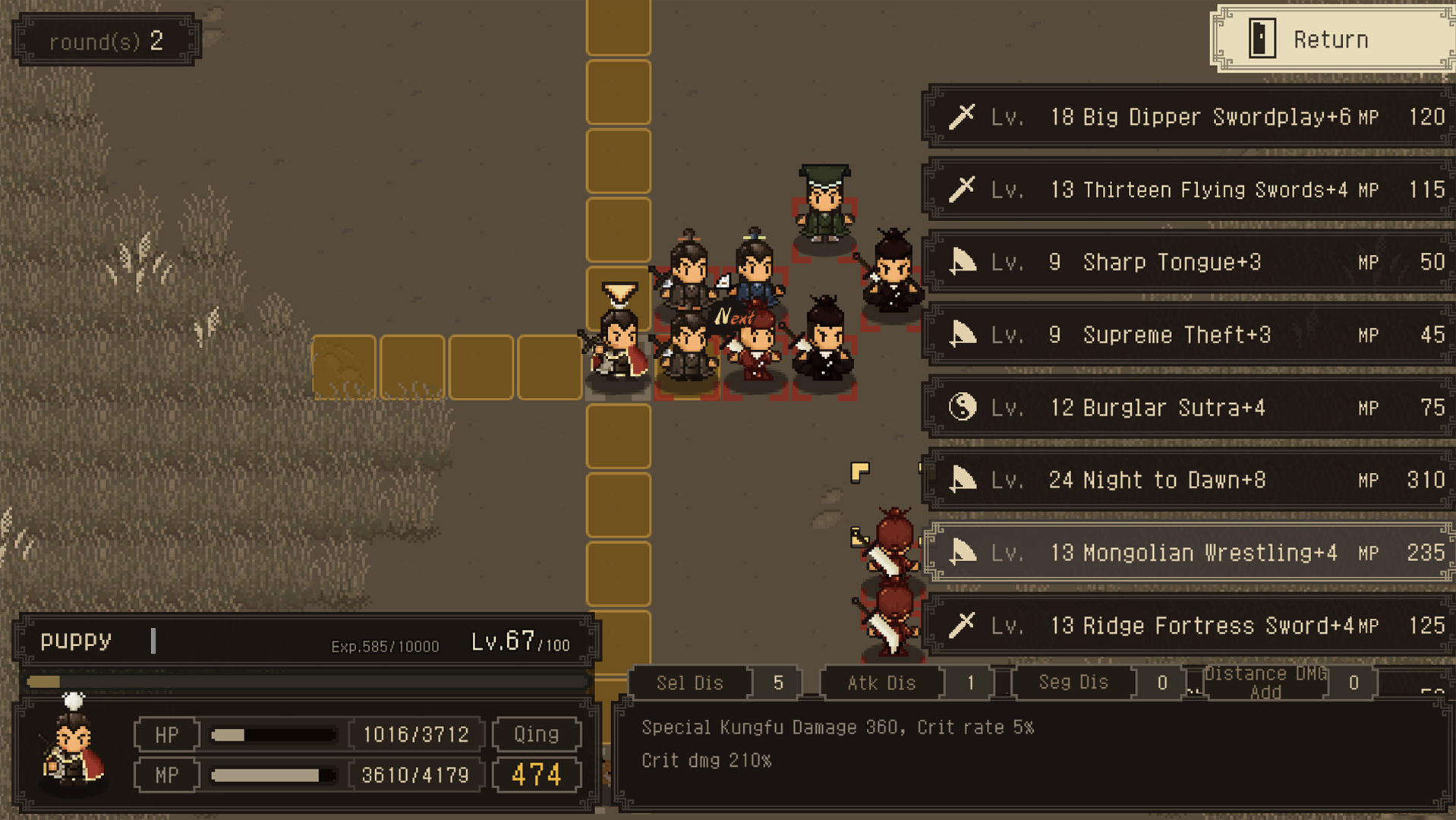Over the years, I’ve delved into countless turn-based RPGs, so much so that some have blended into one another in my mind. That’s no critique, mind you; it’s something that happens with films, dining experiences, and even people. Honestly, if we humans are only using a tenth of our brains, I’d rather not fill that precious space with the names of all my nieces and nephews!
However, World of Kungfu: Dragon and Eagle is unlikely to be one of those games that fade into obscurity in my memory. The engaging gameplay and stunning visuals are bound to leave a lasting impression. Sorry to Brett’s child—your name might get bumped for this one.
In a refreshing departure from typical tactical or strategy RPGs, this game lets you choose your character’s gender and tailor their appearance to your liking.
You have a wide range of customization options, but the feature that truly stands out is choosing your character’s origins, which dictates your kung fu style. This selection process feels far more honorable than the usual RPG class choice.
Choosing body types, hairstyles, beards, or hats feels trivial in comparison. What’s important is whether you begin as a humble young beggar destined to master divine kung fu, a snake handler from Western Xia wielding a T2 staff art, or the adopted son of a Jin Nobleman with a unique T2 kung fu. Initially, you have six origin options, with more unlocking in subsequent playthroughs, ensuring the game is ripe for replay. A bit more guidance in the early stages would be nice, though—understanding what a T2 staff art entails didn’t come naturally. As it stands, the game is set up for you to truly learn the kung fu associated with your character, weapons and all.
Whichever path you choose, you’re immersed in the vassal state of China, circa 1151 AD. The streets are rife with gangs, and you must decide how to navigate this environment. Do you ally with various sects or maneuver through political intrigues? Should you uphold honor or embrace lawlessness for personal gain?

Your choices shape the narrative and influence which characters join your crew. Choose mercy for an enemy, and they may become an ally. However, this changes your morality level, affecting how other potential team members perceive you. With over 100 characters to recruit, decision-making becomes frequent and impactful, inviting multiple playthroughs to fully experience the game.
Combat is deeply rooted in customization. Victory isn’t just about deploying kung fu skills or using inventory items—it’s about knowing which allies to bring along (up to five at a time), developing the right skills (improving with use), assigning acquired traits for bonuses, and so on. It quickly became evident that team composition was crucial, even more so than tactical movement on the battlefield.

The downside? There’s little guidance on how all these elements mesh. For the first dozen hours, it felt like I was fumbling in the dark, and even later, I never felt my party was fully optimized. When auto-battle outperforms manual controls, it’s a hint that things might need adjustment. Thankfully, after a defeat, you can restart just before the battle, and you’re able to save preferred party setups for easy access in future engagements.

Beyond combat, The World of Kungfu: Dragon and Eagle offers a plethora of activities. You’ll embark on quests, collect bounties, engage with townsfolk, solve riddles, and even craft couplets for rewards. There’s just the right balance between action and cultural immersion.
The game sports charming retro-style graphics and audio. While the visuals may lack some color and detail compared to modern standards, the character portraits are superb and blend well with the models. The soundtrack is a delightful nod to the retro gaming era – check out the trailer to see what I mean.
That said, World of Kungfu: Dragon and Eagle isn’t a game for everyone. Its unique play style can be jarring, especially given the sparse guidance on gameplay and story.

There were times when the story seemed stagnant, only to advance when I inadvertently triggered an event. While the main plot didn’t always keep me glued, I found myself entertained by exploring the land and tackling smaller missions. Building up my team, despite no clear endgame, was a pleasure in itself.
This game is clearly designed with replayability in mind, though whether players will eagerly dive back in after 50 hours is another question. Even so, a single playthrough offers an experience in The World of Kungfu: Dragon and Eagle that is memorable and captivating.









![[FREE Giveaway] Win ELDRADOR CREATURES Shadowfall for Nintendo Switch or PS5 (North America) [FREE Giveaway] Win ELDRADOR CREATURES Shadowfall for Nintendo Switch or PS5 (North America)](https://www.gamera.co.uk/wp-content/uploads/2025/04/FREE-Giveaway-Win-ELDRADOR-CREATURES-Shadowfall-for-Nintendo-Switch-or.avif.avif)





































